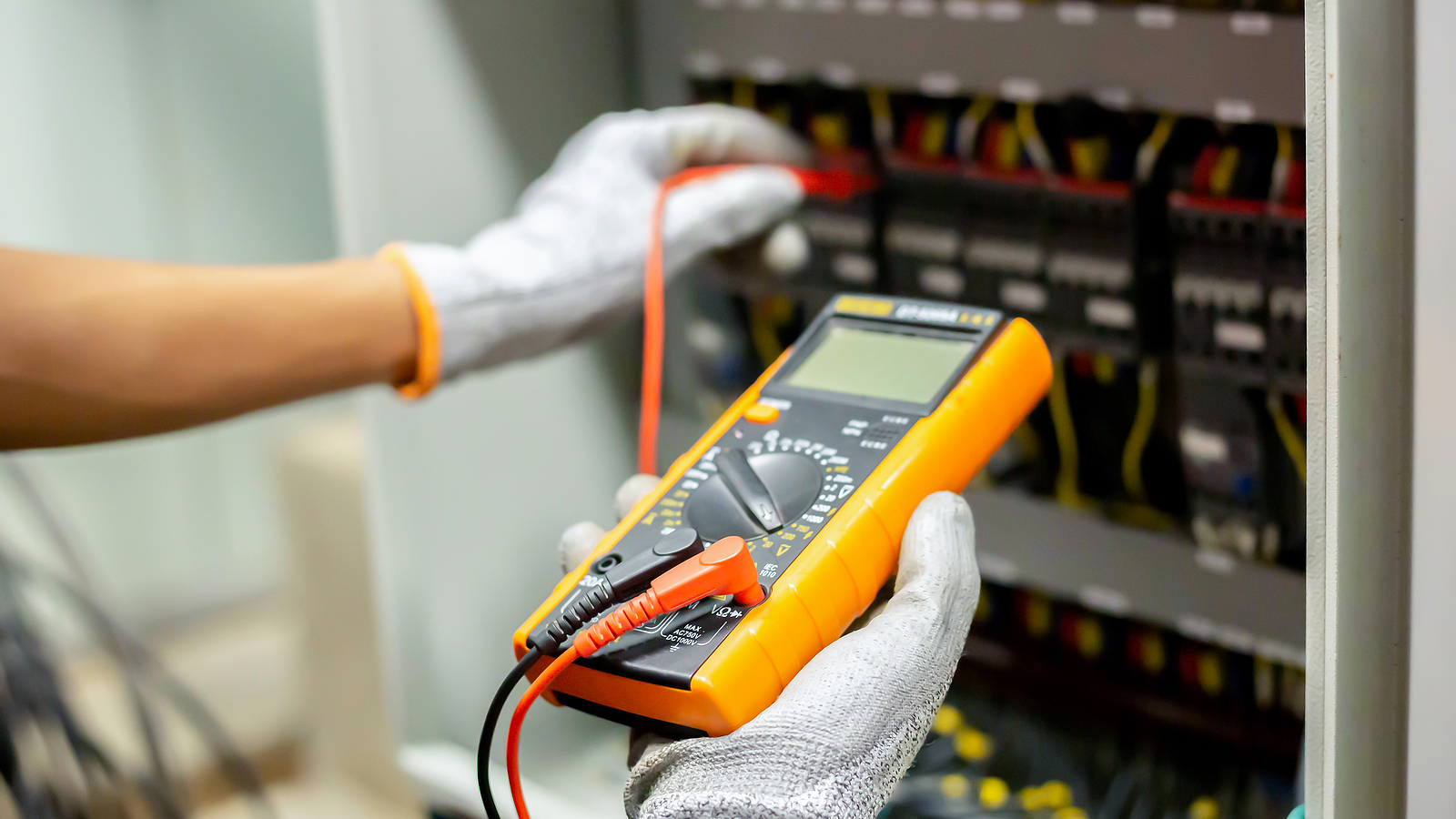Navigating Power Outages: Key Factors to Consider When Choosing a UPS Brand

In today’s digital age, uninterrupted power supply (UPS) systems have become indispensable for businesses and individuals alike. Whether safeguarding critical data, maintaining operational continuity, or simply preventing inconvenience, selecting the right ups brands is paramount. With a myriad of options available, it’s essential to consider several key factors to ensure you make an informed decision.
Capacity and Load Requirements:
Determining your power needs is the foundational step in choosing a UPS. Evaluate the total power consumption of your devices and equipment to select a UPS with adequate capacity. Factor in both the wattage and voltage requirements, ensuring the UPS can handle your current load and accommodate future expansions.
Battery Runtime:
The battery runtime of a UPS directly influences how long your systems can operate during a power outage. Consider your tolerance for downtime and choose a UPS with a battery backup that meets your desired runtime. Calculate the required backup time based on your typical usage patterns and the criticality of your operations.
Topology and Efficiency:
UPS systems come in various topologies, including standby, line-interactive, and online double-conversion. Each topology offers different levels of protection and efficiency. Assess your requirements for voltage regulation, frequency stability, and surge protection to determine the most suitable UPS topology for your needs. Additionally, opt for UPS models with high efficiency ratings to minimize energy wastage and reduce operating costs.
Scalability and Redundancy:
As your business grows, so do your power requirements. Select a UPS brand that offers scalability options, allowing you to expand your system seamlessly without replacing existing infrastructure. Additionally, consider redundancy features such as parallel configurations or hot-swappable batteries to enhance system reliability and fault tolerance.
Management and Monitoring Capabilities:
Remote management and monitoring capabilities enable proactive maintenance and troubleshooting, enhancing the reliability of your UPS system. Look for brands that offer comprehensive monitoring software or integration with existing management platforms. Features like remote diagnostics, automated alerts, and predictive analytics can help mitigate risks and streamline maintenance tasks.
Build Quality and Reliability:
The reliability of a UPS brand is paramount, as it directly impacts the uptime of your critical systems. Research the reputation of different brands, considering factors such as product quality, warranty coverage, and customer support. Opt for brands known for their robust build quality, proven track record, and responsive support services to ensure long-term reliability and peace of mind.
Compatibility and Integration:
Ensure compatibility between the UPS system and your existing infrastructure, including servers, networking equipment, and software applications. Choose a brand that offers seamless integration with your IT environment, minimizing deployment complexities and compatibility issues. Additionally, consider compatibility with renewable energy sources or energy management systems if sustainability is a priority for your organization.
Total Cost of Ownership (TCO):
While upfront costs are important, evaluating the total cost of ownership (TCO) provides a more holistic perspective. Factor in ongoing maintenance expenses, battery replacement costs, energy efficiency, and potential downtime costs when comparing UPS brands. A higher initial investment in a quality UPS system may yield significant savings over its lifecycle through improved reliability and lower operating costs.
In conclusion, selecting the right UPS brand requires careful consideration of various factors ranging from capacity and battery runtime to reliability and TCO. By thoroughly assessing your requirements and evaluating different brands based on these criteria, you can choose a UPS system that provides robust protection, scalability, and peace of mind in the face of power outages and disruptions.
